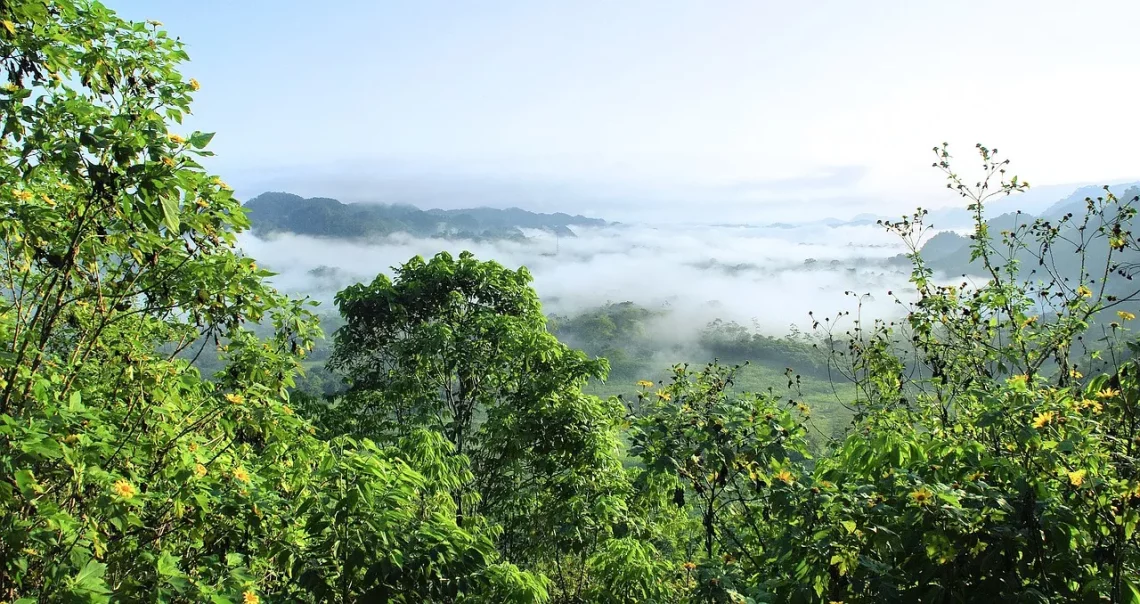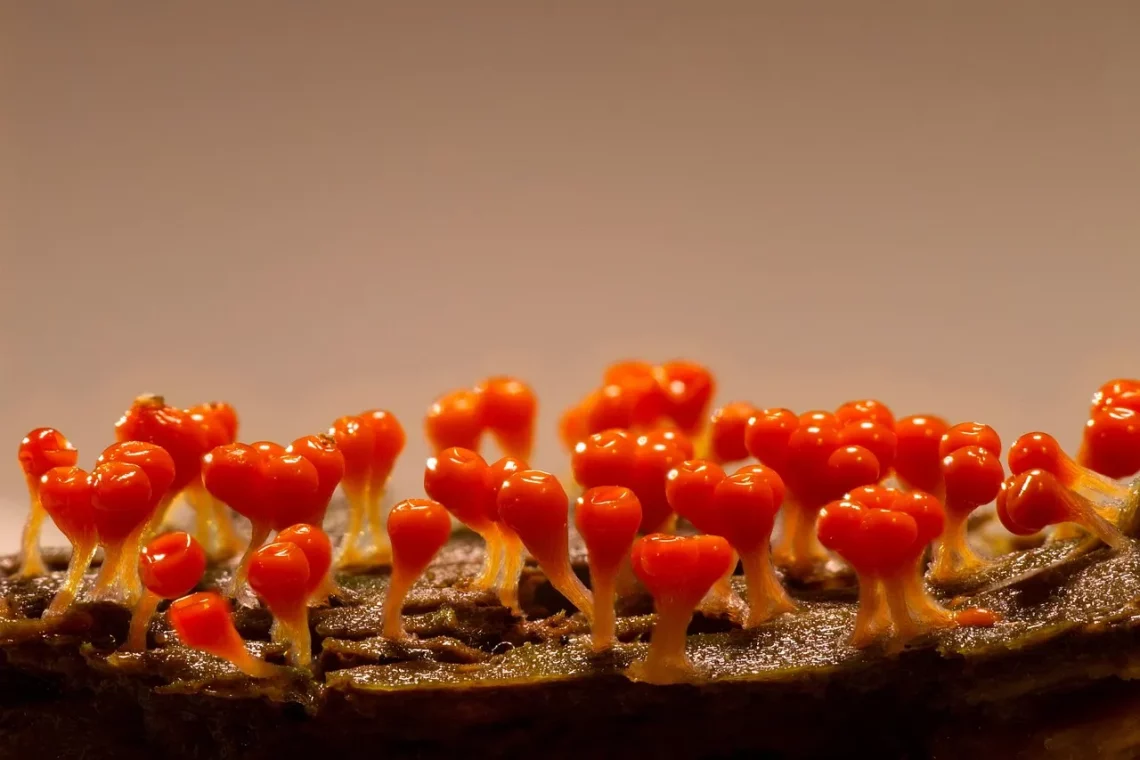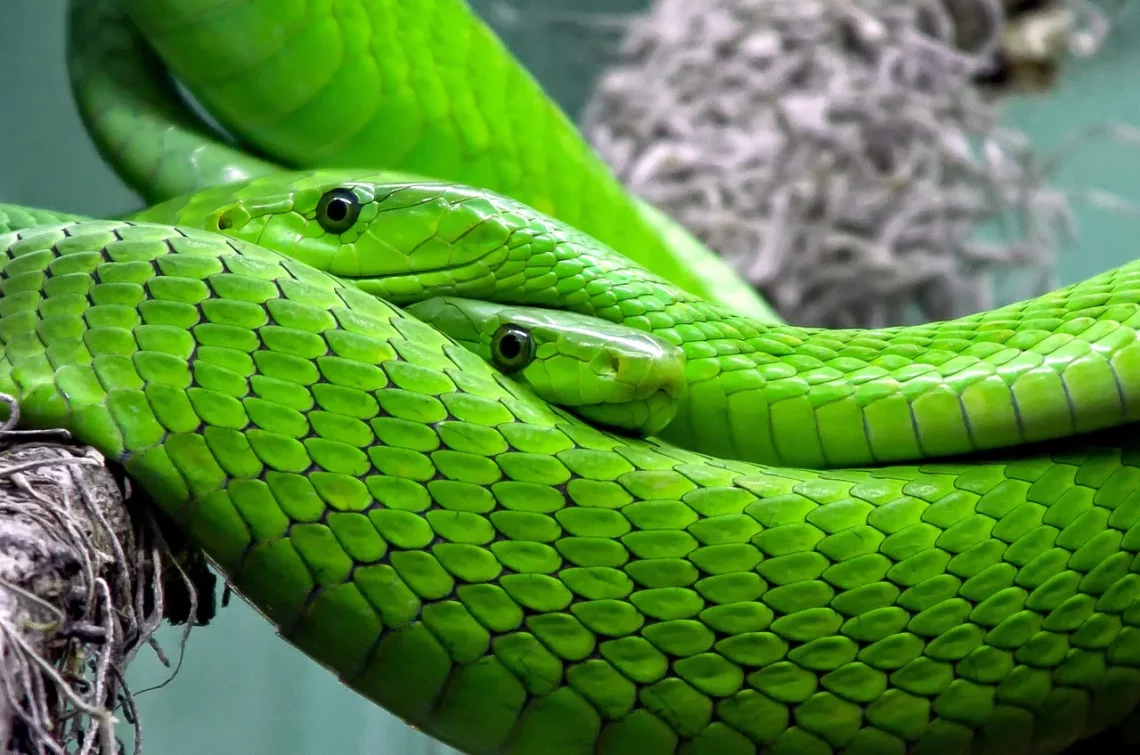-
The Surprising Benefits of Fish Waste in Aquatic Ecosystems
Fish waste, often viewed as a nuisance or an environmental burden, plays a surprisingly vital role in aquatic ecosystems. This organic material, which includes excretions, uneaten food, and decomposing fish, serves as a rich source of nutrients that supports a myriad of life forms in aquatic environments. From the smallest microorganisms to larger predators, fish waste contributes to the intricate web of life beneath the water’s surface. In many ecosystems, the decomposition of fish waste is facilitated by bacteria and other detritivores, which break down the material into simpler compounds. This process not only recycles nutrients but also enhances water quality, promoting a healthier environment for aquatic organisms. The role…
-
The Fascinating World of Orange Slime: A Colorful Exploration
The vibrant and often peculiar world of slime molds has intrigued scientists and nature lovers alike for centuries. Among the myriad of colors found in nature, orange slime molds stand out not only for their striking appearance but also for their unique ecological roles and fascinating life cycles. These organisms, often mistaken for fungi, belong to a separate group of life forms that exhibit both animal and plant characteristics. They thrive in a variety of environments, from damp woodland floors to decaying logs, showcasing their adaptability and resilience. Orange slime molds, in particular, capture the imagination with their bright hues that can vary from deep tangerine to soft apricot. Their…
-
The Fascinating World of Oil Pheromones and Their Impact on Nature
The intricate relationships within ecosystems often hinge on subtle, chemical cues that dictate behavior, communication, and survival. Among these chemical signals, pheromones play a pivotal role, acting as nature’s silent messengers. They facilitate interactions among members of the same species, guiding everything from mating rituals to territorial disputes. In the vast tapestry of chemical communication, oil pheromones stand out due to their unique properties and functions. Oil pheromones are not just limited to the animal kingdom; they extend their influence to plants and microorganisms, creating a complex web of interactions that sustain ecosystems. These pheromones, often volatile and aromatically rich, can be released by various organisms, including insects, mammals, and…
-
Exploring the Vibrant World of the Black Lorikeet Species
The world of avian life is filled with a dazzling array of species, each exhibiting unique characteristics, behaviors, and colors. Among these, the Black Lorikeet stands out as a remarkable bird, captivating birdwatchers and ornithologists alike. This stunning species belongs to the family of parrots, known for their brilliant plumage and playful nature. As one of the members of the Lorikeet family, the Black Lorikeet is not only visually striking but also plays a significant role in its ecosystem. These birds are primarily found in specific regions, where they thrive in lush environments rich in flowering plants. Their diet mainly consists of nectar, fruits, and pollen, which they skillfully extract…
-
Exploring Wildlife Food Sources: Nourishing Nature’s Creatures
Exploring the intricate web of life on our planet reveals a fascinating interplay between wildlife and their food sources. Every ecosystem is a delicate balance of organisms, each relying on the others for sustenance and survival. The food sources available to wildlife vary dramatically across different habitats, from sprawling forests to arid deserts. Understanding these sources not only sheds light on the diets of various species but also highlights the importance of biodiversity in maintaining healthy ecosystems. Wildlife has adapted to utilize the resources available in their environment. Herbivores graze on plants, while carnivores hunt other animals, and omnivores consume a mix of both. This dynamic relationship emphasizes the significance…
-
The Fascinating World of Caterpillar Paws and Their Unique Functions
The world of caterpillars is a realm filled with intrigue, showcasing a variety of adaptations that allow these fascinating creatures to thrive in their environments. As the larval stage of butterflies and moths, caterpillars are often overlooked in the grand scheme of the insect world, yet they play a crucial role in the ecosystem. These soft-bodied creatures may not seem particularly fearsome, but they possess a plethora of unique features that aid in their survival. Among these features, the structure and function of their “paws” stand out as particularly interesting. Caterpillars, equipped with multiple pairs of legs, exhibit a remarkable range of behaviors and adaptations. Their legs are not just…
-
Exploring the Mysteries of Jungle Valleys and Their Unique Ecosystems
The allure of jungle valleys is captivating, drawing countless adventurers, researchers, and nature enthusiasts into their depths. These verdant havens are often shrouded in mystery, presenting a unique interplay of flora and fauna that thrives in the humid embrace of the rainforest. With towering trees that seem to touch the sky, lush undergrowth, and a cacophony of sounds from wildlife, jungle valleys offer a glimpse into a world that many have yet to experience. The ecological significance of these areas cannot be overstated. They serve as vital habitats for countless species, some of which are found nowhere else on Earth. The intricate relationships between organisms within these ecosystems create a…
-
Natural Predators: What Animals Eat Ticks and Help Control Their Population
Ticks are small arachnids that have become a significant concern for both humans and pets alike. These ectoparasites thrive in various environments, particularly in grassy and wooded areas, where they latch onto their hosts to feed on blood. Their presence is not only a nuisance but also poses serious health risks, as they can transmit various diseases, including Lyme disease and Rocky Mountain spotted fever. With the rising awareness of tick-related illnesses, there is a growing interest in natural methods of controlling their populations. While chemical pesticides can be effective, they often come with environmental and health concerns. As such, many are turning towards natural solutions, one of which is…
-
Natural Predators: Animals That Eat Ticks and Control Their Populations
Ticks are small, blood-sucking arachnids that pose significant threats to both human and animal health. These pests are known carriers of various diseases, including Lyme disease, Rocky Mountain spotted fever, and anaplasmosis. Their presence can lead to serious health issues, making effective control measures essential. While chemical treatments and preventive measures are commonly utilized, one of the most natural and environmentally friendly ways to manage tick populations is through the use of natural predators. Understanding the role these predators play in the ecosystem can provide valuable insights for those looking to maintain a healthy environment, whether in personal gardens, backyards, or larger landscapes. Natural predators not only help to keep…
-
Understanding the Fascinating World of Anal Snakes in Nature
The natural world is full of intriguing phenomena that often go unnoticed. Among these, the unique adaptations and behaviors of various species can be both fascinating and bewildering. One such example is the captivating role of anal snakes in nature. These serpentine creatures, which can be found in various ecosystems, exhibit a range of remarkable traits that allow them to thrive in their environments. From their distinctive physical characteristics to their intriguing behaviors, anal snakes offer a glimpse into the complex interactions within the animal kingdom. As we delve deeper into the ecology and biology of anal snakes, we uncover the intricate relationships they maintain with other species and their…






































